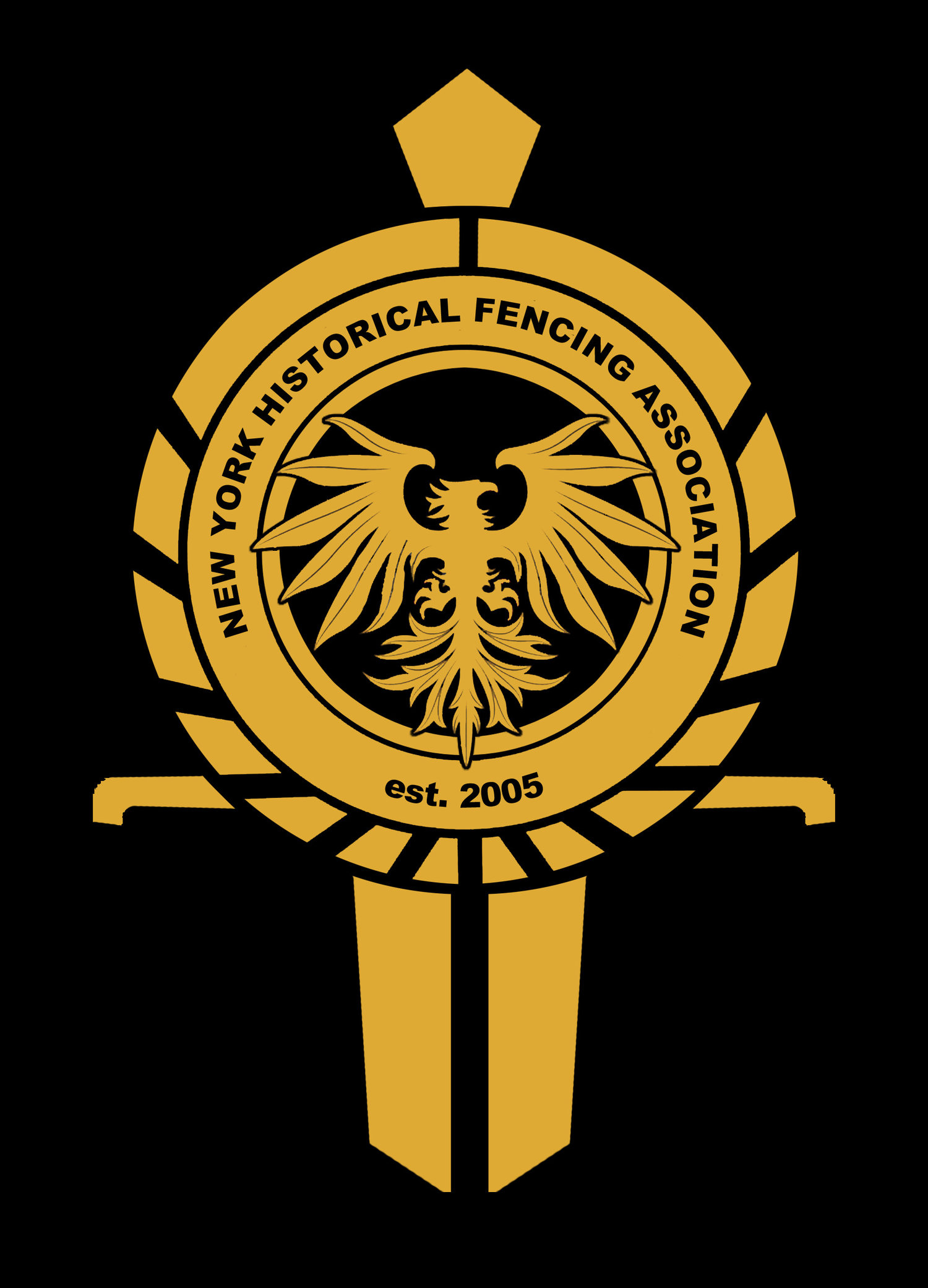Choosing an Appropriately Sized Longsword
"Longsword" is a fairly nebulous term. It is just precise enough that when we hear it, we have a pretty good idea of what type of weapon is being referred to. But not so clear that arguments cannot be made to broaden the definition substantially. For practical purposes, I will limit the scope of this post to swords that are worn (in a scabbard) on the body rather than carried. Also, this post is about sharp, historically accurate reproductions, not training swords (e.g. feders, blunts, etc.). Though depending on how you study, it may encompass some of those as well.
We are fortunate to live in a time of plenty, with an incredible selection of quality longswords available in a wide range of both sizes and price points. When choosing a longsword, there are many considerations, including your physical characteristics and capabilities. However, if you are interested in historical fidelity, there is one consideration that trumps all others: do not choose a sword that you cannot draw from a scabbard.
There are three size ranges that meet that criteria: ideal, borderline and "this sucks but I guess it will work in a pinch." To test for these ranges, you will need the sword you are considering (or one that is the same size) and a scabbard. If you do not have a scabbard available, you can make one quickly by sandwiching the sword between two pieces of cardboard that are cut slightly larger than the blade, then wrapping the cardboard in duct tape. It won't be pretty, but it will be sufficient for this test. Likewise, if you don't have a suitable sword, you can make a quick cardboard mock-up based on available dimensions. Be careful not to cut yourself if you are working with a sharp sword.
To begin, hold the scabbard in your left hand, about three inches below the cross guard (this would be the area between the suspension attachment points). Lefties should reverse these instructions.
Turn the sword counter clockwise until the handle is oriented in such a way that you can grab the hilt with your right hand in the same way you hold the sword when you strike, then attempt to draw the sword. As you do so, pull the scabbard away from the blade, but not more than a few inches (about six). Ideally, you would have a scabbard with a suspension and the straps would limit how far you could pull. If you are not comfortable with approximating the limitation but do not have a suspension, hang the scabbard from your belt with a single six inch strap that attaches to the scabbard near its throat. You can make this strap out of duct tape, or use an existing strap and use the tape to attach it to the scabbard and belt.
This movement, which is required to draw larger swords while maintaining the ability to deploy them instantly as they leave the scabbard, is why I believe such swords were worn suspended from the belt by straps below the hip rather than more securely held at the hip.
If you can draw the sword without compromising your grip or putting too much strain on your wrist trying to maintain that grip, then the sword is of the ideal size for you. If you have to compromise the grip without altering it drastically, then the sword is borderline. You would be able to draw it quickly but not deploy it immediately (i.e. you would not be able to cut from the draw).
If you cannot draw the sword in this manner at all, reverse your grip on the weapon's hilt (thumb towards pommel). This will add significantly to your range of motion. If you can draw the sword in this manner, then it qualifies as, "this sucks but I guess it will work in a pinch."
If you determine that the sword is too long, then have someone assist you by marking the blade right at the scabbard mouth when you are at maximum drawing extension (without compromising grip). Measure the distance from the cross guard to that point, and look for a sword with a blade length as close to that as possible without going over.
